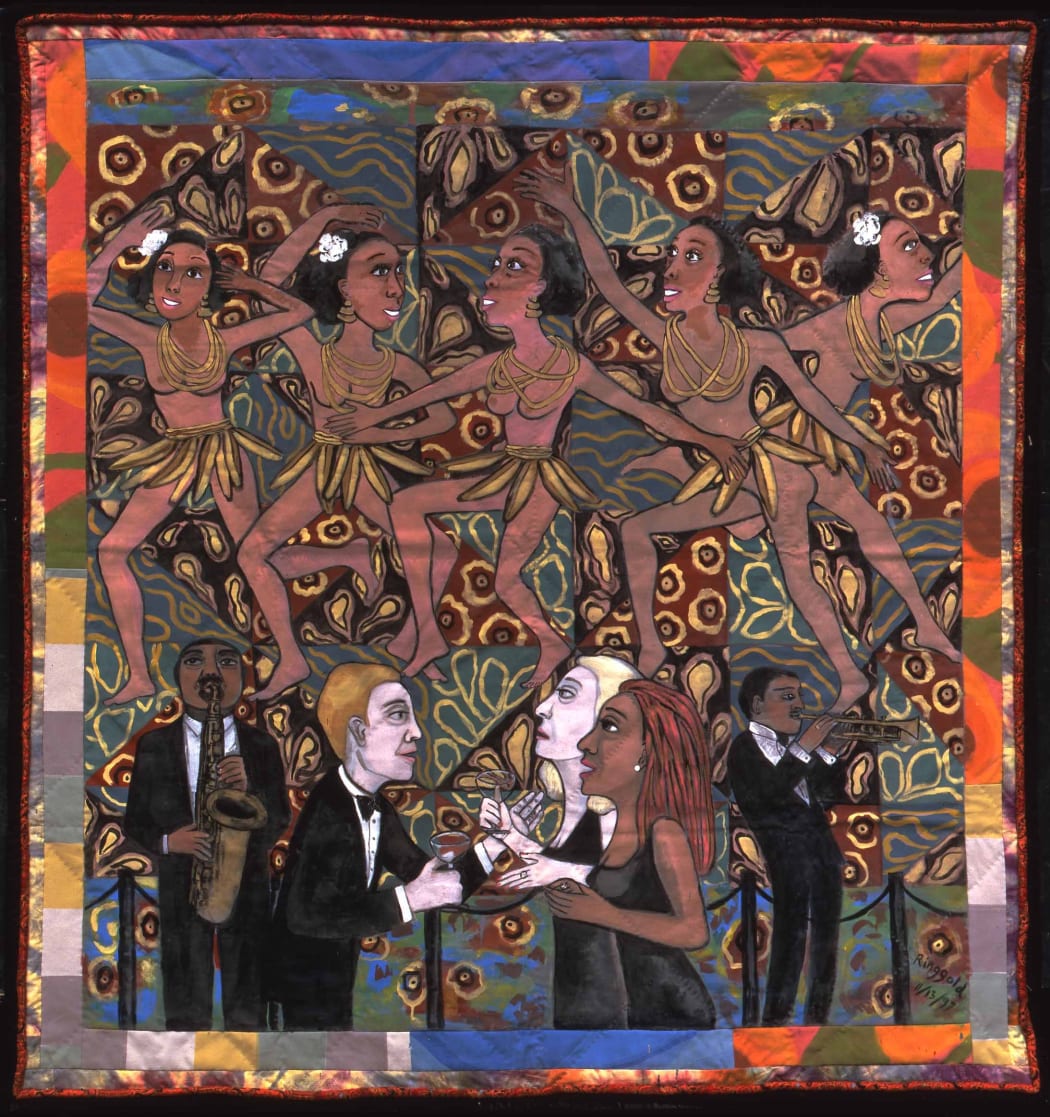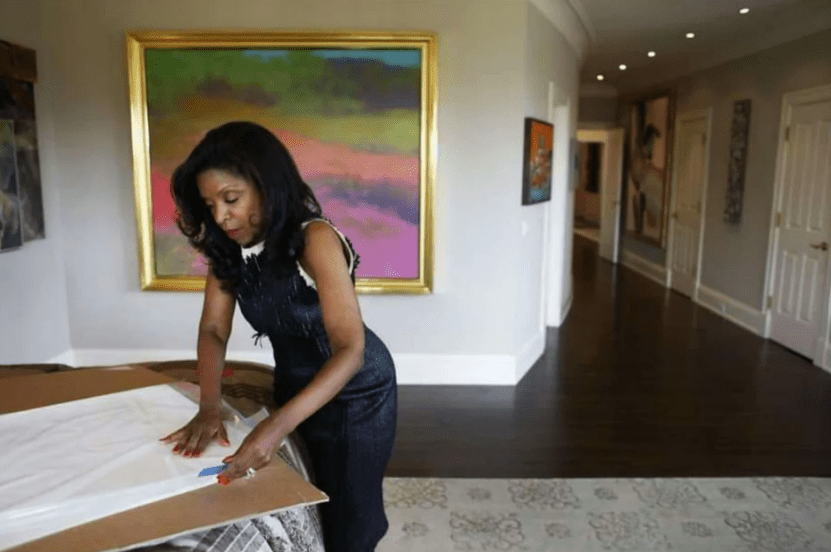
In the American cultural landscape, the contributions of black American artists are both crucial and significant. This is largely overlooked because of America’s well-documented history of slavery and systematic racism. It is important to mention this because it has affected the way that art, made by black American artists, is viewed and valued so far as it concerns collectors, dealers and curators at major American museums.
In honour of black history month, we’re taking the opportunity to measure where the art making culture of African Americans stands, its celebration and the paths yet uncharted. The third edition of the Burns Halperin Report, a publication inaugurated in 2018 by independent editor Charlotte Burns and Artnet News’s Julia Halperin, was published in 2022 and the findings reveal that black American artists and black American female-identifying artists are not reflected in US museums and the global art market. This is the major starting point for this article — we look at the stats and what they reveal about how black American artists are faring.
The museums
After looking at the acquisitions and exhibitions taking place at thirty-one American museums between 2008 and 2020, the Burns Halperin report concluded that work by Black American artists represented only 2.2 percent of acquisitions and of these, only 0.5 percent of acquisitions were of work by Black women. This number is small and the trouble is that for these collections to honestly reflect the population of the United States, acquisitions of works by Black American artists would need to increase five times. The numbers are sobering as African Americas comprise more than 12 percent of the population. As it stands, art coming from African American studios and communities remains well outside of the mainstream and is excluded from the ranks of fine artists in America.
Graphic by Nehema Kariuki. Courtesy of the Burns Halperin Report 2022.
Even more sobering is that black Americans are creating some of the most visible and compelling art of our time. Simone Leigh produced ground breaking work for the United States pavilion at the 59th Venice biennale and also snatched the Golden Lion for Best Participant of the exhibition. This momentous win is followed by an exhibition at Institute for Contemporary Art, Boston. Senga Nengudi became the first black woman to be awarded the Nasher prize, which recognizes “a living artist who elevates the understanding of sculpture and its possibilities.”
Simone Leigh, Las Meninas, 2019. Image courtesy of the artist and the Cleveland Museum of Art.
While the stats reveal slow change in terms of real representation, there is something to be optimistic about. On average, contemporary art museums were more representative, with work by Black American artists accounting for 8.8 percent of their acquisitions.
Collectors
People who collect works by Black artists often see themselves as custodians of the nuanced narratives of the global Black experience; they feel compelled to protect and preserve Black art because it is largely excluded from contemporary art spaces. The Kinsey collection is exemplary of this — started over 50 years ago by Bernard and Shirley Kinsey, and their son Khalil, it is considered to be one of the largest and most comprehensive collections of African American art and history such as books as letters. San Francisco-based Pamela Joyner is another example of collector-as-activist: for over 20 years she has supported the works of African-American artists building a collection of more than 400 works,mainly abstract paintings, that were collected to help rewrite the role artists of colour have played in art history. Other black collectors include Larry Ossei-Mensah, Phyliss Hollis and Jan Gray.

Pamela Joyner and her collection. Image source: Reddit.com
When it comes to collector behaviour, Burns Halperin reports that art by Black American artists accounted for 1.9 percent of all auction sales between 2008 and mid-2022, or $3.6 billion of the total $187 billion. This small section of the market rides on the coattails of superstars such as Basquiat’s 1982 painting of a skull at $110.5 million and the sale of Kerry James Marshall’s 1997 painting Past Times to Diddy. These are landmark moments but despite the dazzling numbers what this reveals in an unbalanced market — once you get past the biggest names, there's often very little volume. Every year, up to and including 2022, the auction total for Jean-Michel Basquiat is greater than the auction total for all other Black American artists combined.
Kerry James Marshall, Past Times, Acrylic on canvas, 1997. Image courtesy MCA Chicago and Kerry James Marshall
On the upside, the historic lack of attention towards these artists creates real potential for patrons and collectors to inform future market growth for historically significant artists who have been underrated at auction.
Artists
While a recent study by City University of New York noted that more than 88% of American artists represented by top New York galleries are white — this year sees changes in representation and exhibitions. This allows us room to celebrate the milestones that black American artists have achieved.
Earlier this year, The Embrace, a monumental bronze sculpture by the artist Hank Willis Thomas, was unveiled on the Boston Common as a tribute to Dr and Mrs King. Next month, the Smithsonian will open the exhibition, Afrofuturism: A History of Black Futures, that will be on view until March 2024. The visitors to the museum will have a chance to better understand Afrofuturism and its impact on popular culture, activism, and visual arts.
Hank Willis Thomas, The Embrace, Bronze, 2022. Image courtesy Architecture Magazine.
Mega gallery Hauser & Wirth announced their representation of the Winfred Rembert estate. 92-year-old Faith Ringgold, a major figure in American feminist art, will have her first retrospective exhibition in France at the Picasso Museum and Henry Taylor’s works are currently on show at the MOCA, Los Angeles. This is a great indicator that even though it’s often late, black artists do receive the attention they deserve.
